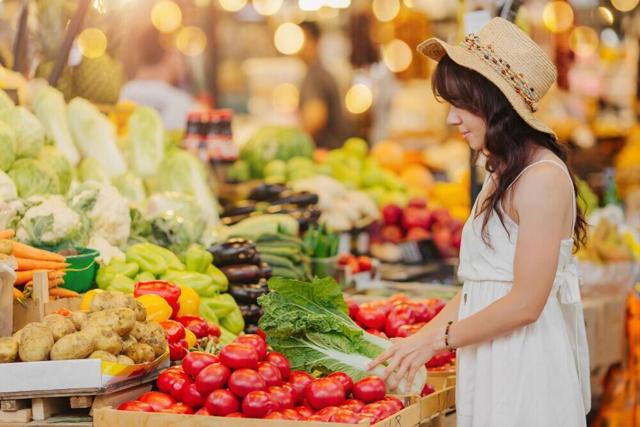As spring brings a renewed focus on health and sustainability, interest in locally sourced food is on the rise across the United States—especially with Earth Day on the horizon, Wyoming News Now reports.
According to a new report from Trace One, a provider of product lifecycle management (PLM) software for the food and beverage industry, Wyoming ranks second in the nation for access to local food markets.
The analysis, released in April 2025, draws on USDA data and consumer survey responses to evaluate Americans’ access to and perceptions of local food. Wyoming emerged as a national leader with 12.2 farmers markets, on-farm markets, and community supported agriculture (CSA) programs per 100,000 residents. That figure places the state just behind Vermont, which leads the nation with 20.1 such outlets per 100,000 people.
In total, Wyoming boasts 71 local food markets and CSA programs, serving a population of just over 584,000. These figures stand well above the national average of 3.1 markets per 100,000 residents.
The Trace One survey also explored consumer motivations and behaviors around food sourcing. Nearly two-thirds of respondents said health is a highly important factor when choosing what to eat. However, health is not the only consideration—38.2% of those surveyed identified “supporting local businesses” as the most significant benefit of buying local food. Other commonly cited motivations include better food quality, environmental sustainability, and a desire to know where their food comes from.
Farmers markets remain a staple for many Americans. One in four adults said they shop at a farmers market weekly or more often, and more than half visit at least monthly or several times a season. However, many consumers also rely on traditional grocery stores to find local food. According to the survey, 67.5% of respondents typically purchase locally grown products at supermarkets, with farmers markets (42.9%), farm stands (20.4%), and CSAs (4.1%) also contributing to the supply chain.
Despite widespread interest, price sensitivity remains a factor. While most people are willing to pay a small premium for locally sourced food, only 7.1% would pay more than 10% above typical prices.
The report highlights significant regional disparities in local food access. While states like Vermont, Wyoming, Minnesota, and New Hampshire lead in per capita availability, states such as Texas, Nevada, Utah, Florida, and Arizona fall near the bottom of the rankings.
These findings reflect a broader trend of increased awareness around food sourcing and its implications—not only for personal health, but also for local economies and sustainable agriculture. Wyoming’s strong showing in the rankings underscores the state’s growing infrastructure for connecting residents with local producers and fostering resilient, community-based food systems.
For a full breakdown of the rankings, methodology, and survey findings, visit Trace One’s Farmers Market Report: How, Why, and Where Americans Shop for Local Food.










The latest news in your social feeds
Subscribe to our social media platforms to stay tuned